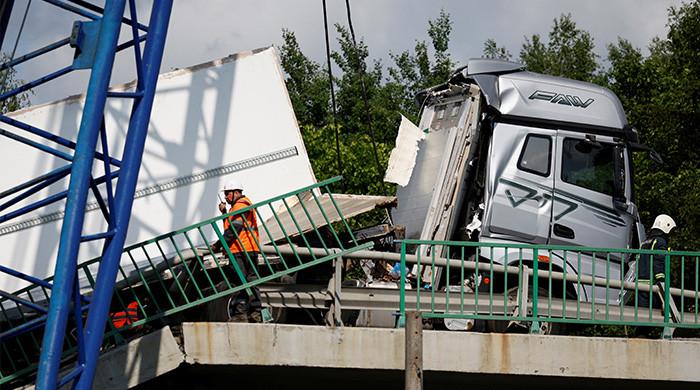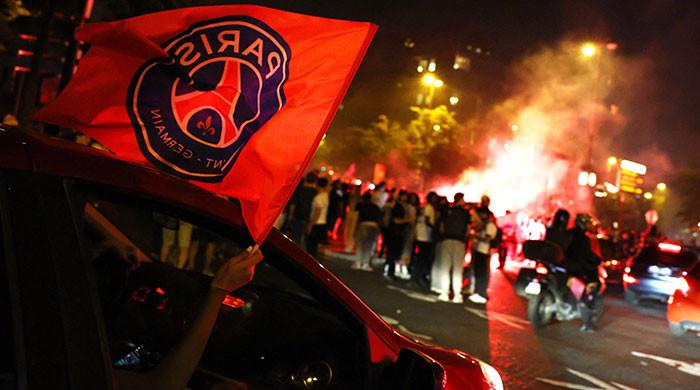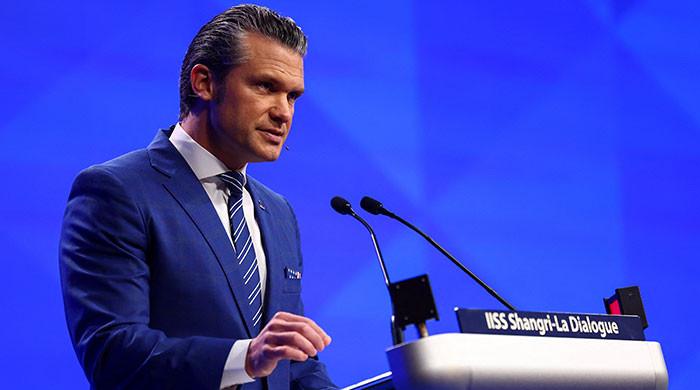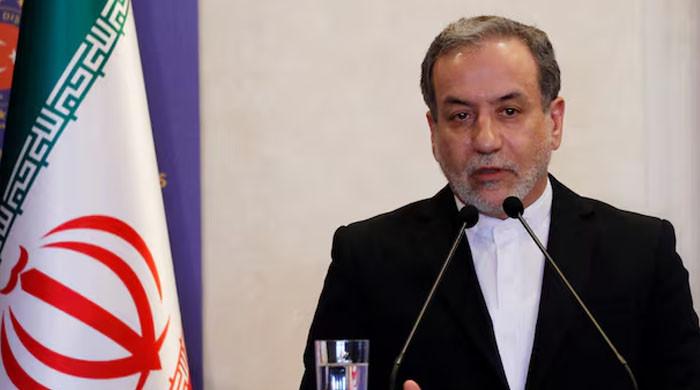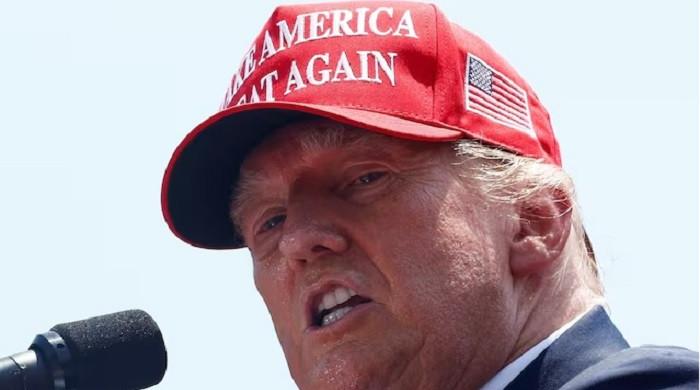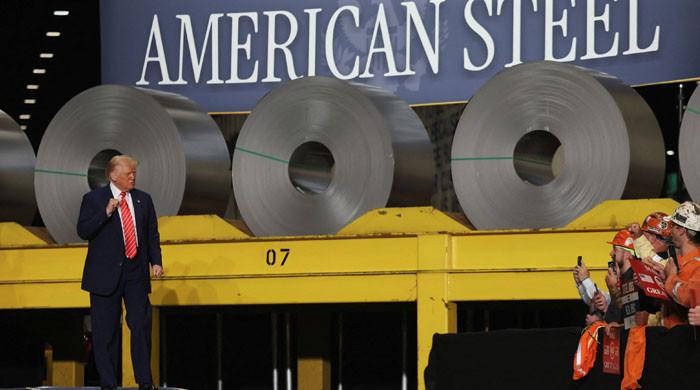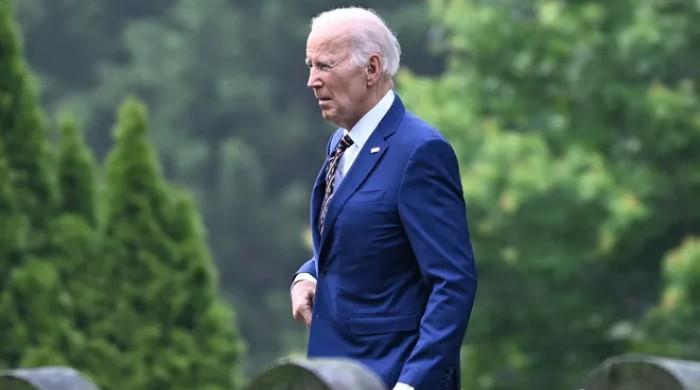The 2015 Iran nuclear deal
Deal was a breakthrough that ended a 12-year standoff with the West over Iran´s disputed nuclear programme
October 13, 2017
TEHRAN: US President Donald Trump was expected on Friday to declare a more aggressive strategy on a nuclear deal signed on July 14, 2015, by Iran and major world powers.
Struck in Vienna by the five permanent members of the UN Security Council -- Britain, China, France, Russia and the United States -- plus Germany, the deal established controls to prevent Tehran from developing an atom bomb.
It was a breakthrough that ended a 12-year standoff with the West over Iran´s disputed nuclear programme and led to a partial lifting of international sanctions on Tehran.
But in a White House speech later on Friday, Trump is expected to declare the agreement no longer in the US national interest.
Here is some background about the deal:
21 months of talks
Talks on Iran´s nuclear programme started in 2013 after newly elected Iranian President Hassan Rouhani gives the go-ahead, with the agreement of the country´s Supreme Leader Ayatollah Ali Khamenei.
By November, an interim deal is agreed, freezing some of Iran's nuclear activities in exchange for minor sanctions relief.
It was finalised in April 2015 and signed in Vienna on July 14 that year, ending 12 years of crisis and 21 months of negotiations.
The deal was adopted by the UN Security Council on July 20, 2015, and came into force on January 16, 2016.
Main points
The accord brings to a minimum of one year, for at least 10 years, the "breakout time" that Iran needs to produce enough fissile material to make an atom bomb.
Tehran agreed to slash the number of uranium centrifuges, which can enrich uranium for nuclear fuel as well as for nuclear weapons, from more than 19,000 to 5,060, maintaining this level for 10 years.
All enrichment is to take place at the Natanz facility only and Iran's pre-deal stockpile of 12 tonnes of low-enriched uranium -- enough for several nuclear weapons if further enriched -- was to be reduced to 300 kilogrammes (660 pounds) for 15 years.
Only enrichment to low purities was allowed, also for 15 years.
Iran's Arak reactor was to be redesigned so that it does not produce weapons-grade plutonium, the alternative to highly enriched uranium for a nuclear weapon.
Controls
The International Atomic Energy Agency (IAEA) was charged with regular inspections of facilities such as uranium mines and centrifuge workshops for up to 25 years.
The agency says in September that Tehran is sticking to the terms of the deal. Its staff had conducted at least 400 inspections of sites in Iran and 25 snap inspections, it says.
Sanctions eased
The deal paved the way for a partial lifting of international sanctions on Iran, opening the door for foreign investors, with French energy giant Total and carmakers PSA and Renault quick to strike deals.
UN embargoes on conventional arms and on ballistic missiles have been maintained up to 2020 and 2023 respectively.
'The worst deal'?
Trump has railed against the deal struck by his predecessor and vowed to tear it up, deriding it as "the worst deal" and one agreed to out of "weakness".
On Thursday, he again said of Iran: "They have not lived up to the spirit of the agreement."
Trump is expected on Friday to declare the agreement no longer in the US interest, though it will be up to US lawmakers to decide its fate.




